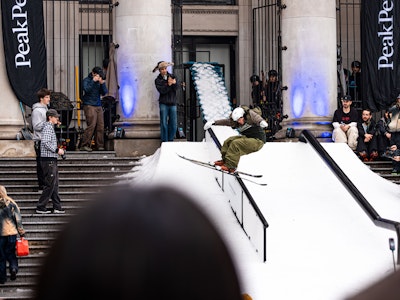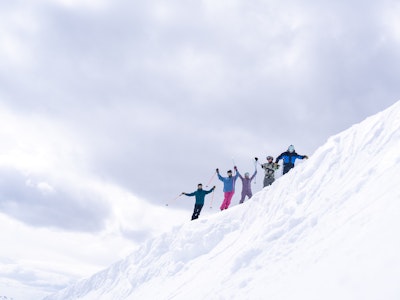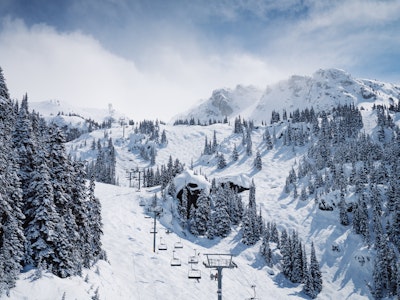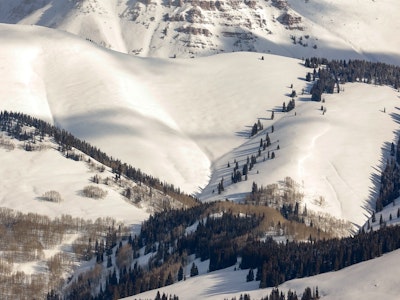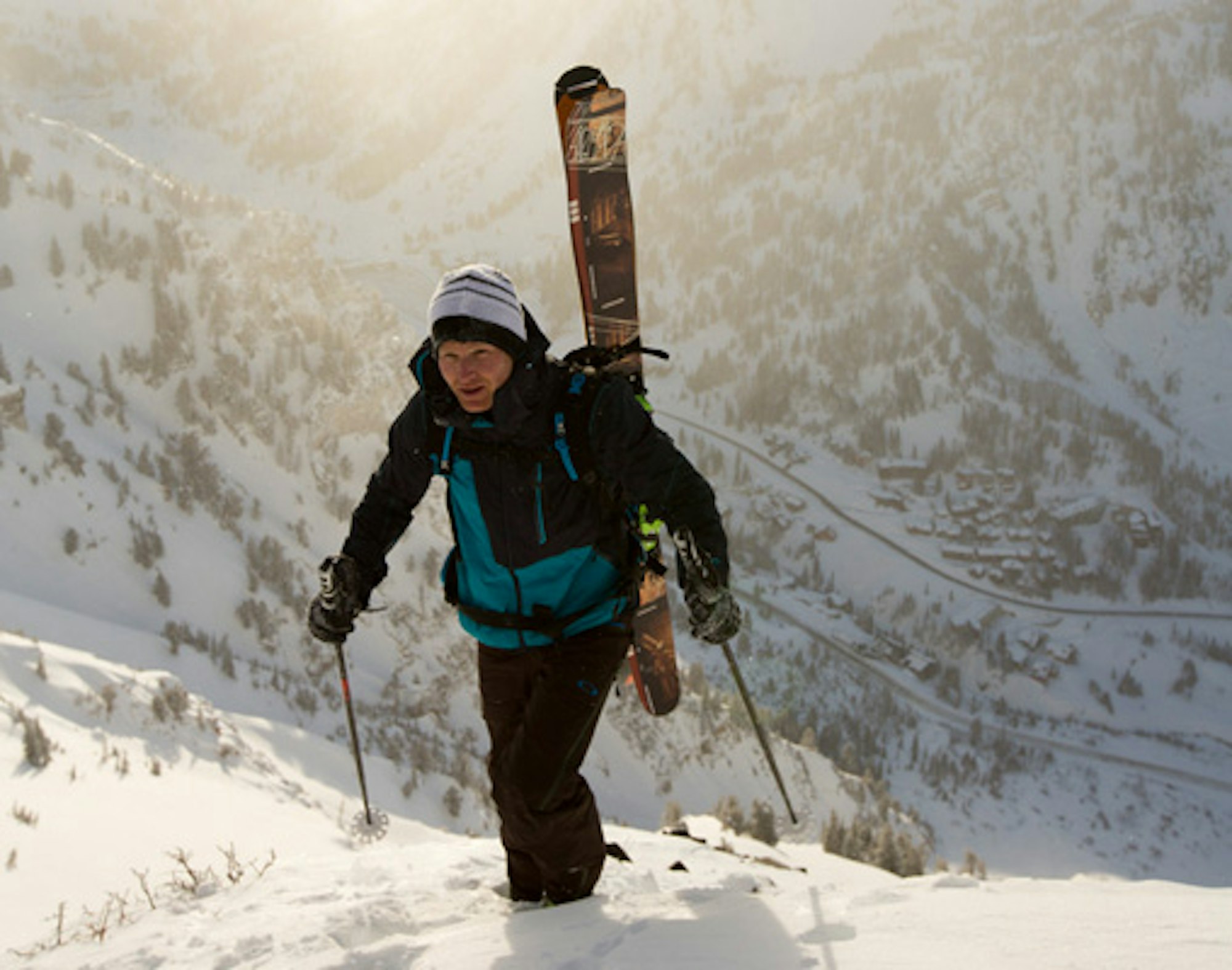by Eliel Hindert — photo by Adam Clark
Hanging out with Jason Prigge at his home, tucked away at the base of Little Cottonwood Canyon, one wouldn’t assume at first glance this is the creative cortex for backcountry equipment company, MFD. But as you move past the two dogs, stock patio, and suburban feel, you begin to pick out the industrial grade sewing machine, and the fact that nearly every pack and piece of equipment has been subjected to a creative vision and touch. Walls are dotted with images of family, both in blood and the cast of characters that have been involved in a lifetime within the ski industry.
Even the kitchen serves as homage to the fading art of US manufacturing: Water distillers, blenders, and even mixing bowls, are all held up with a point of pride—pointing to the fact that you’d be hard pressed to find design held to this standard of quality since these pieces first came off the assembly line in the 1960s. Inspiration is clear and admiration comes across strong as the pro skier, turned industrial designer, turned company founder, shares his tale.
Prigge explains:
I started skiing with TGR in 97’. I was 19 and living in Jackson Hole. Back then with Steve and Todd and TGR guys, just cruising around the hill every day shooting. They were just shooting their buddies that they’d ski with every day. I wish that a lot of other ski movies were like that.
I didn’t know what the hell I wanted to do, and had my learning session—almost pre-college environment there—just learning from the locals and everyone else.
I broke my femur while filming with those guys. Anytime you have a sit-down you get to reflect, and so you start putting things in perspective and realizing what else you want to do with your life. While I was injured I actually went back to school and then found Industrial Design. So over the next few years I was able to continue skiing for TGR in the wintertime and finish up a degree in the spring, summer, fall.
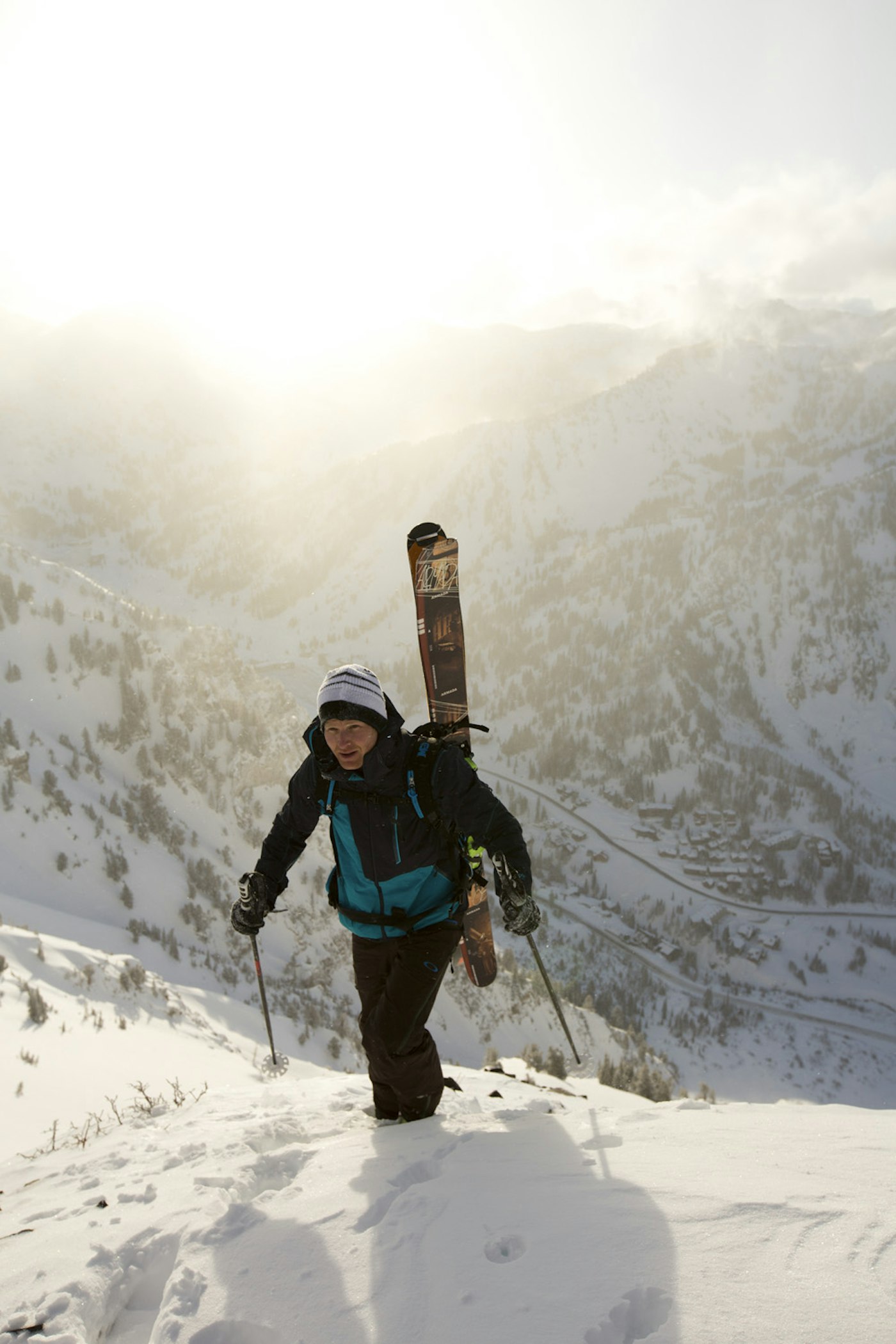
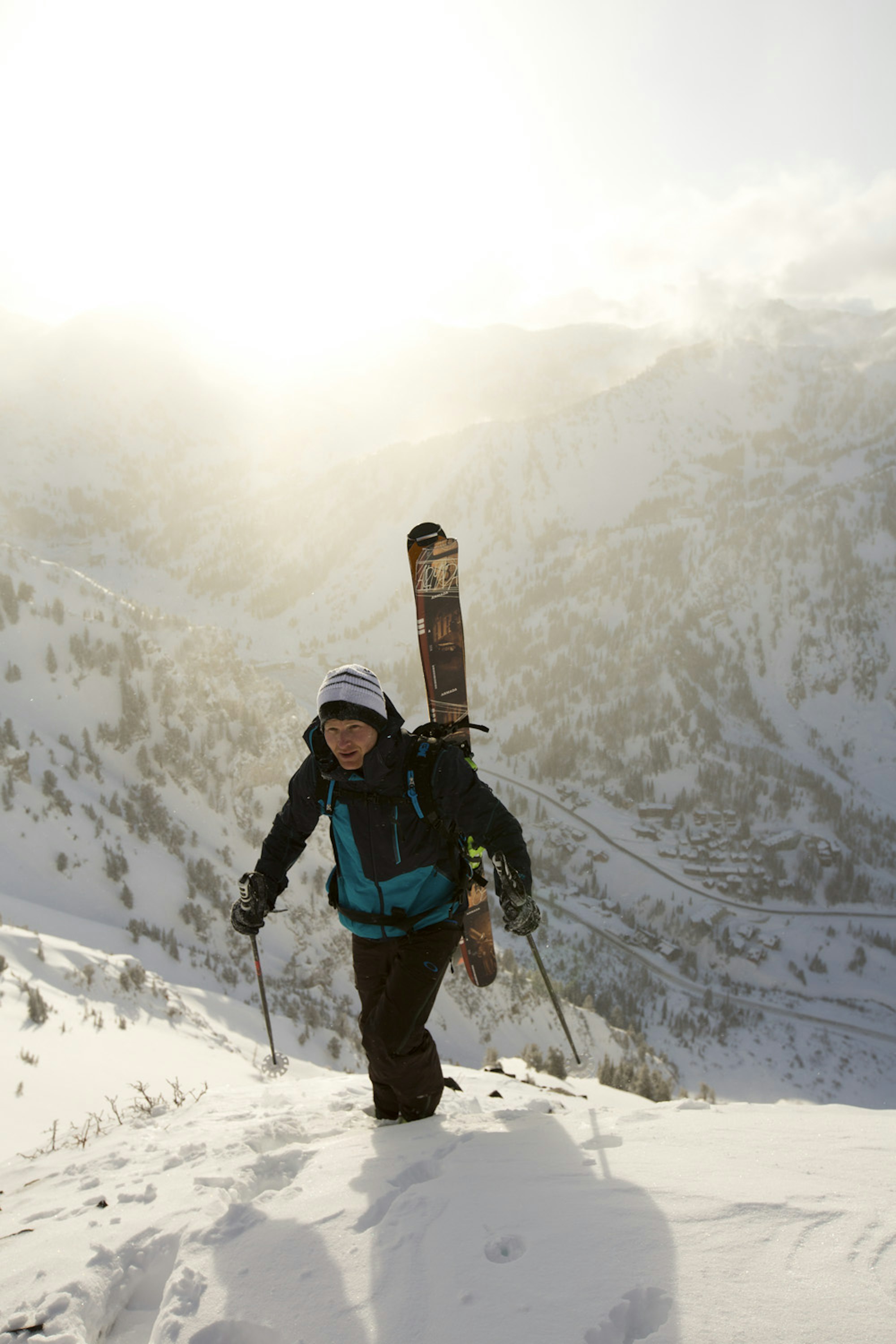
I’m older than I look, so I’ve been around a bit. What was kind of the coolest thing was that I was able to see skiing pre-technology or evolution. I mean, the first real move towards ski performance in the backcountry was the alpine trekker. I bought my first pair from Bruce Edgerly (BCA), the year before they even came out with them in a parking lot in Alaska. Skied the Grand Teton using those, and got a pair of Look 18s up to the top.
In the field of Industrial Design what you learn is problem solving skills. Identifying problems and creating solutions for them. You’re trying to make things more efficient, whether that’s on the manufacturing side or the design side or just on the function.
I was working for those companies in-house and what I wanted to do, we couldn’t take it there for reasons of cost or somebody was like, ‘We have to bring it back a notch,’ or, ‘Nobody is going to understand that,’ so branching out not only with MFD but also with other companies, I wanted to focus on working for companies like Oakley and Lulu Lemon that were pushing the limits of design, and that was a step in the right direction.
We have opinions and a passion for improving gear in the backcountry, and that’s where MFD is born from. Everyone involved has the same goal: to make the product better and progress what we do.
MFD stands for Multi-Faceted Design. It’s my design firm that I’ve had for the last six years—designing products for Oakley, Ogio, and different companies in the industry. Really what we’re trying to do with our products is we don’t want them to do one thing, we want them to do multiple things—and do multiple things well.
It transcends just skiing, and superficial design traits. This is a deep design change that addresses multiple problems within one system. It’s a more retrospective word and it implies that there is thought being put into whatever action a person is taking.
Going out in the backcountry you bring your beacon, shovel, probe, partner, and ABS is now becoming the fifth thing on that list. With ABS if you get caught in slides there is a 97% safety record of people surviving. It’s really just a matter of time before it becomes a no brainer.
We look for ways we can reduce our impact in designing products. With the MFD All-Time, we design and manufacture it here in the US, recycle our aluminum and our stainless steel, we use recycled PET fabric, and we compound all this with minimalistic design. But one of the most eco-conscious mentalities you can have is in removing the need for a product entirely. Which is the primary goal of Multi-Faceted Design. With the All-Time and the Switch plate we have effectively removed the need for an entire set of bindings right there.
I only have time to focus on a single set of gear, and not mess around with having to grab multiple things that end up inhibiting you.
I love to work and live in Utah and MFD puts me in the place I love. Really, what it comes down to is how do we create a crew of people involved with MFD who can keep doing the things they love at home, and keep their families in the mountains with them.
We’re pretty young and hungry so it’s easier for us to just make what we want to make. There are factors that come into play like pricing and logistics, for sure. In hindsight, looking at the decisions made by some of the companies I work for, it’s more clear. It’s humbling. There are some hard decisions that need to be made and you’ve got be the one to make them.
New ideas, most often they don’t pan out, but that’s all part of the design process. You can pretty much guarantee that the goal for what you set out to design is going to change. And that’s most often where true innovation comes from.
You can learn more from bad design than good. Then it’s on to creating prototypes. This oftentimes is just mocking up crude prototypes in the shop, sewing machine or other. You don’t always need a perfect sample to prove out an idea.
The USA has lost the vast majority of its manufacturing to overseas countries. We used to be the leader. Although rewarding, it’s not easy to set things up to produce in the US.
“Pay attention and take the time to ask yourself questions about how things are made, and why.” – Jason Prigge
It takes time to sift through suppliers and pick out the gems. You need an aluminum extruder? They are not on every corner, but there’s good and bad ones—cheap and expensive. What fits for us is high-end quality with good pricing.
I’ve been designing backpacks for other companies for the past 10 years in Asia, so for MFD’s backpacks I was lucky enough to already have access to some of the best technical soft goods manufacturers in the world.
There are even less material suppliers left in the US so to get progressive materials and buckles you need to bring them over from Asia anyways. Or settle with what kind you find in the US, which tends to be dated technology.
Inspiration, really it can come from anywhere. Nature, other designers, artists or product innovations. Pay attention and take the time to ask yourself questions about how things are made, and why. Take a broad scope and then narrow it down. Always editing…
Also Read: Things I’ve Learned: Kevin Quinn on managing Points North Heli, the largest heli-ski op in the US

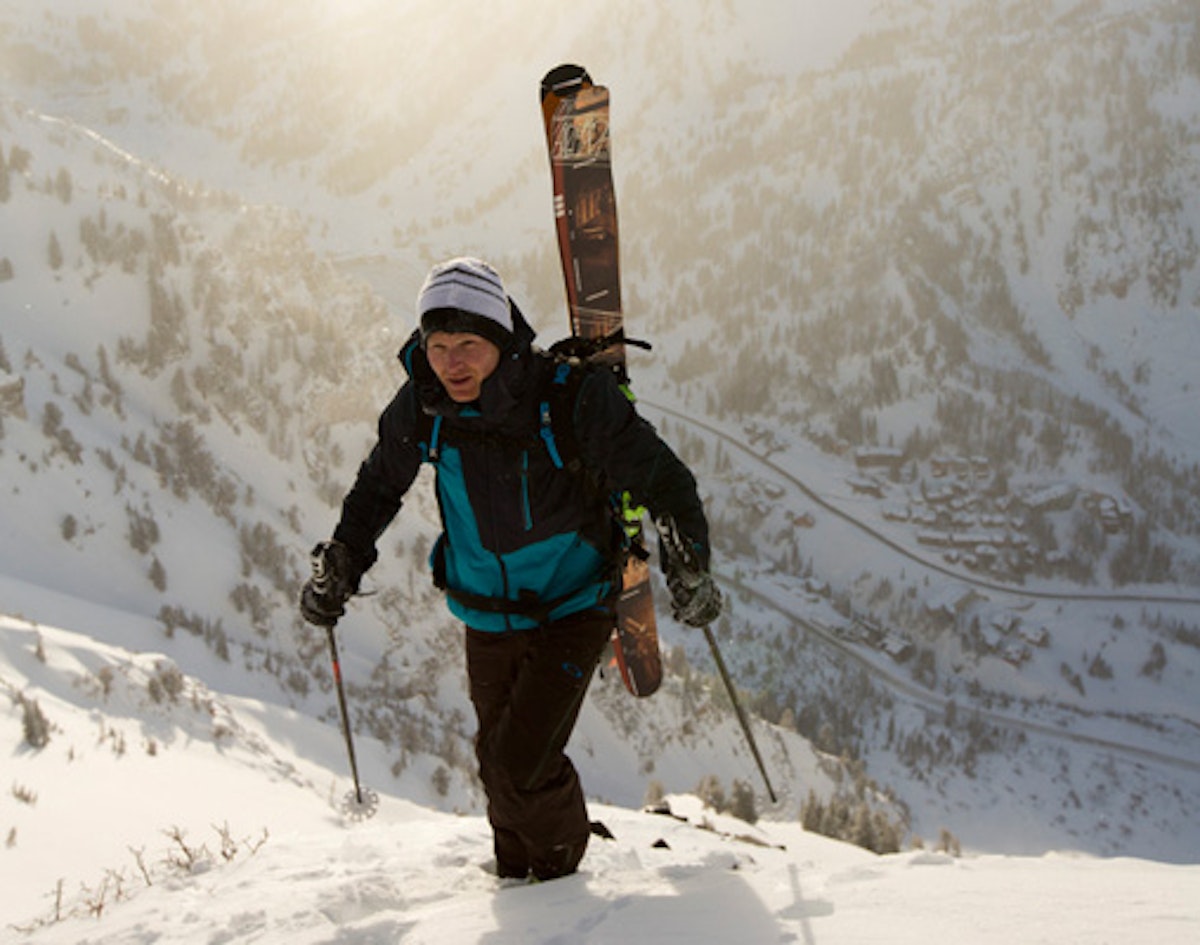
![[GIVEAWAY] Win a Legendary Ski Trip with Icelantic's Road to the Rocks](https://www.datocms-assets.com/163516/1765233064-r2r26_freeskier_leaderboard1.jpg?w=200&h=200&fit=crop)
![[GIVEAWAY] Win a Head-to-Toe Ski Setup from IFSA](https://www.datocms-assets.com/163516/1765920344-ifsa.jpg?w=200&h=200&fit=crop)
![[GIVEAWAY] Win a YoColorado X Coors Banquet Prize Package](https://www.datocms-assets.com/163516/1764877349-long-live-local-cooler-bag2.jpeg?w=200&h=200&fit=crop)
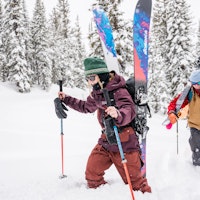
![[GIVEAWAY] Win a Legendary Ski Trip with Icelantic's Road to the Rocks](https://www.datocms-assets.com/163516/1765233064-r2r26_freeskier_leaderboard1.jpg?auto=format&w=400&h=300&fit=crop&crop=faces,entropy)
![[GIVEAWAY] Win a Head-to-Toe Ski Setup from IFSA](https://www.datocms-assets.com/163516/1765920344-ifsa.jpg?auto=format&w=400&h=300&fit=crop&crop=faces,entropy)


